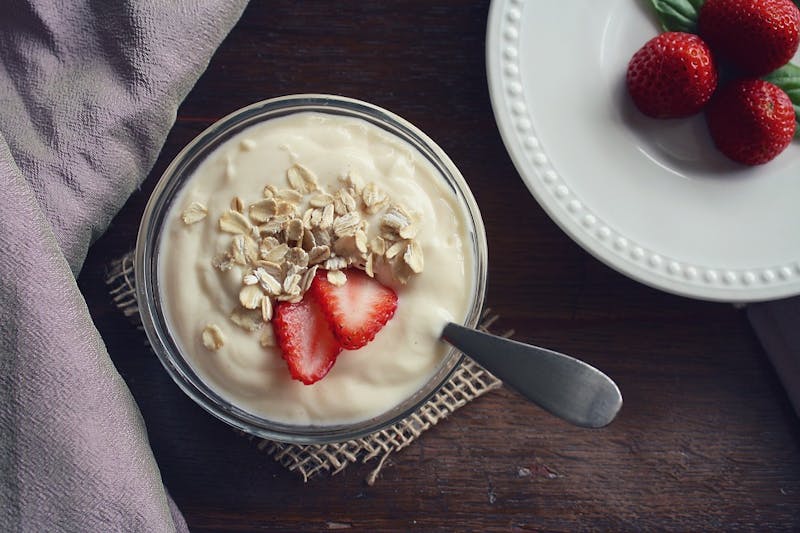
Last week we discussed the role certain bacteria in the gut play in helping you lose weight where we briefly touched upon the subject of prebiotics. Many of you asked us to clarify what prebiotics are and explain the difference between prebiotics and probiotics, which are more widely known.
What are Probiotics?
Probiotics are live bacteria. They are found in certain foods and drinks, like yogurt, sauerkraut, kefir, kombucha, and miso. There are also a wide variety of probiotic supplements available on the market in both powder and capsule form.
The term probiotics is used to describe any living bacteria that is beneficial to its host: you. In studies, probiotics have been shown to boost the immune system, prevent infection, improve digestive function, and boost mood.
Because probiotics are living organisms, they can be very unstable. They are sensitive to both heat and light, and generally must be kept in a cool, dark, dry place — the refrigerator is usually best.
What are Prebiotics?
Unlike probiotics, prebiotics are not live organisms. Prebiotics is the term used to describe a specialized type of plant fiber that feeds probiotics. Basically, the probiotics (or live bacteria) feed on prebiotics in order to grow and multiply. The body itself can’t digest these plant fibers, so they’re left to promote the growth of good bacteria in your gut. Like probiotics, prebiotics come in food sources, like onions, garlics, leeks, and kefir, and as over-the-counter supplements.
Synbiotic Regimen
When you take both probiotics and prebiotics together — or consume both probiotic and prebiotic foods — it’s called a synbiotic regimen. The best way to ensure that the bacteria in your gut are flourishing — or that the probiotic you’re taking is working — is to take probiotics and prebiotics together.
Some foods, like cheese, kefir, and certain types of yogurt, are called synbiotic foods because they contain both probiotics and prebiotics. You can also purchase synbiotic supplements.

